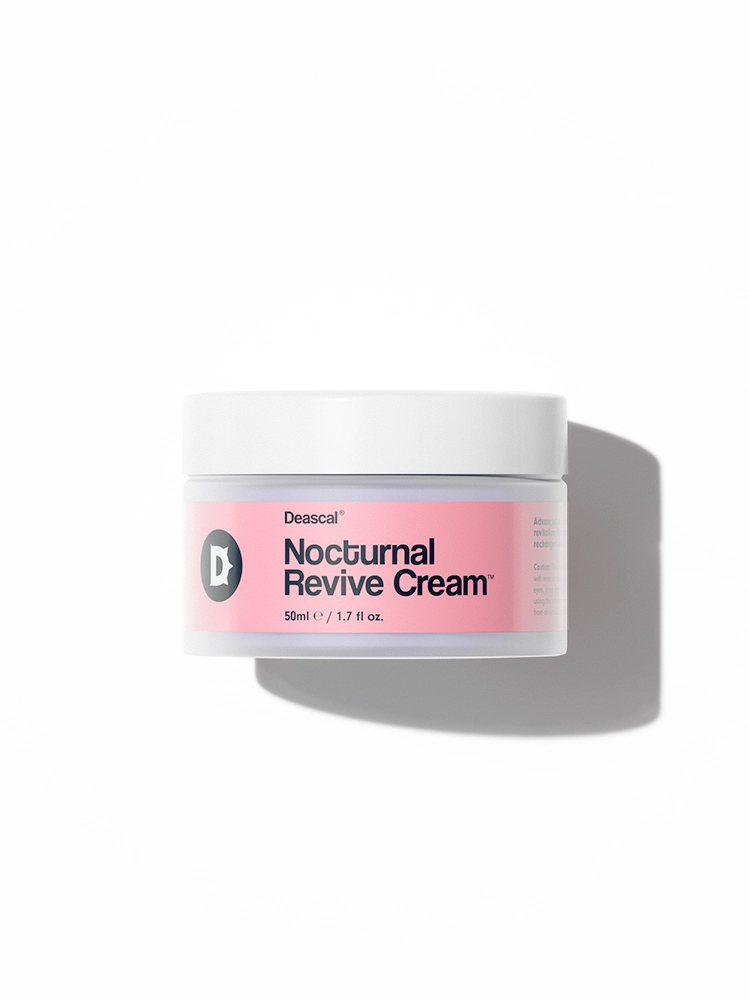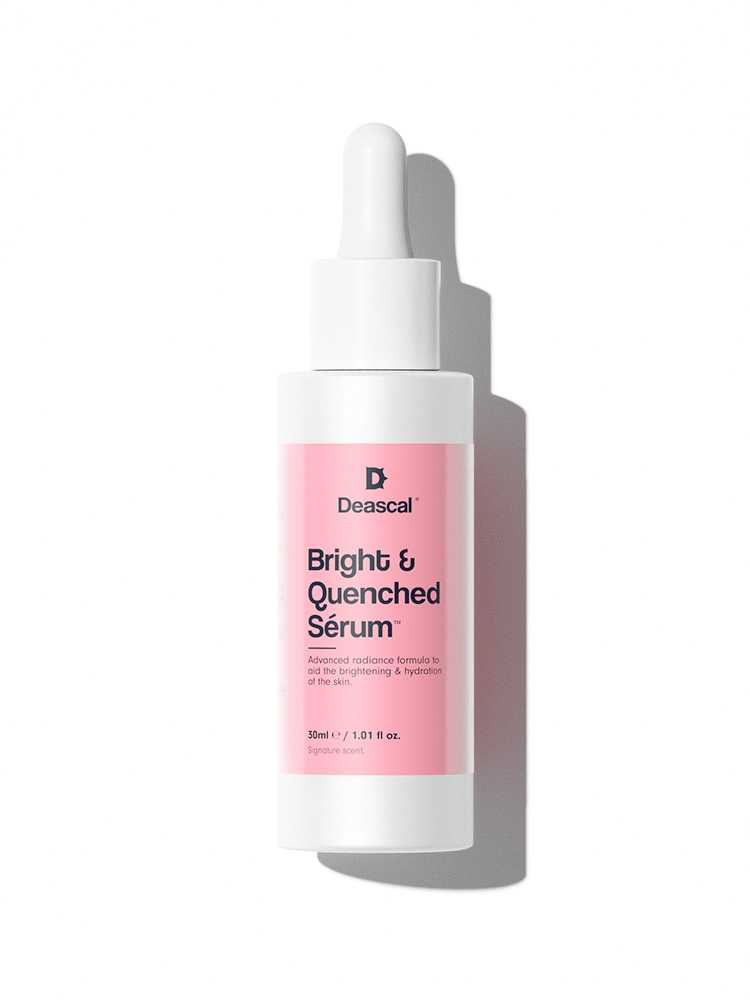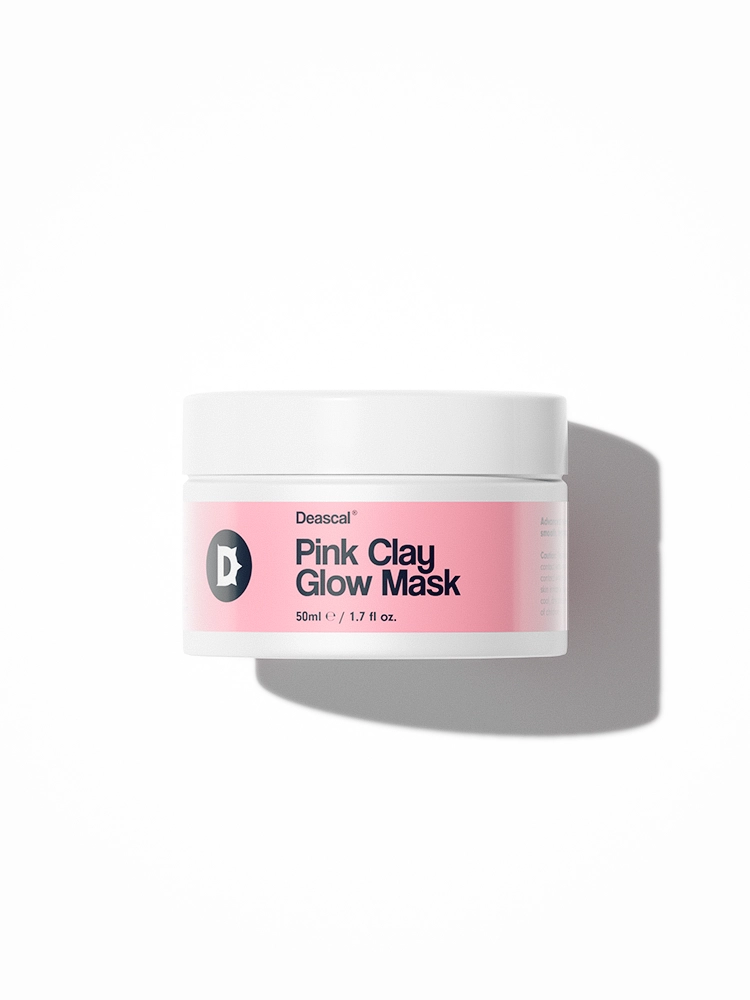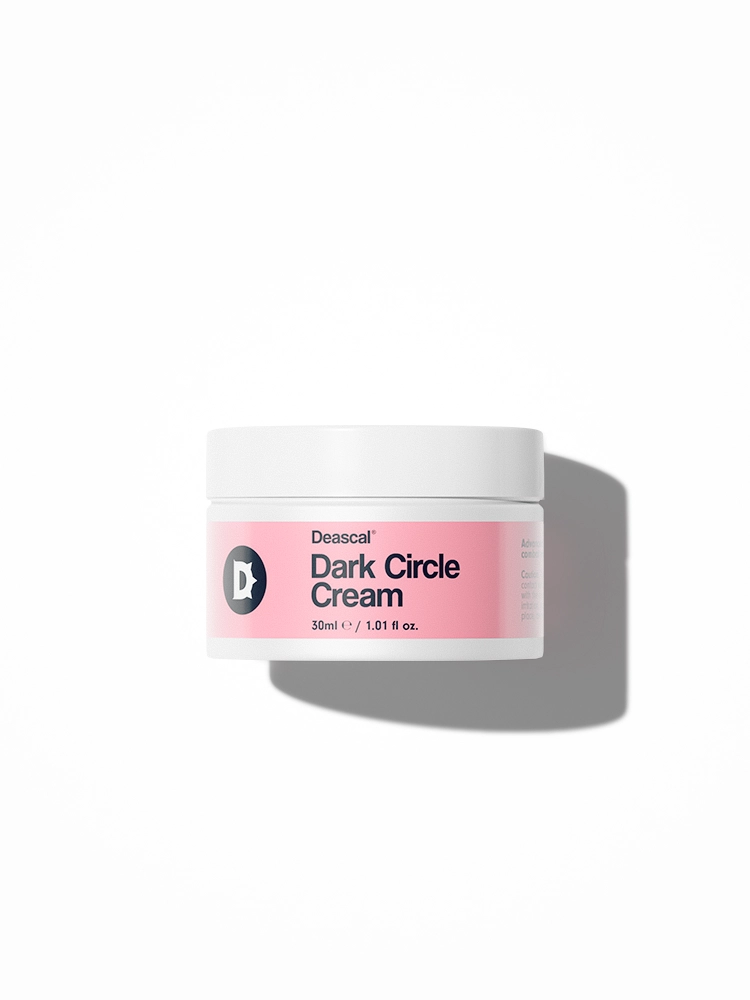Understanding Sunspots
Sunspots, those unwelcome marks that tend to appear after extended exposure to sunlight, can be a common concern. Understanding what they are is crucial for effective management.
Sunspots, also known as solar lentigines or age spots, are flat, brown patches that develop on sun-exposed areas of the skin. While they are most prevalent in individuals over the age of 40, younger people are also susceptible, particularly if they frequently spend time in the sun without adequate protection.
These spots are essentially a form of hyperpigmentation, indicating that the skin has been overexposed to ultraviolet (UV) rays. The increased melanin production in response to UV exposure leads to these visible, concentrated areas of pigmentation.
Causes of Sunspots
So, what exactly causes these annoying little blemishes? The main culprit is—you guessed it—sun exposure. When your skin is exposed to the sun’s ultraviolet (UV) rays, it ramps up the production of melanin, the pigment responsible for your skin’s color. Melanin acts as a natural defense mechanism, absorbing and dissipating the harmful UV radiation. However, over time, repeated exposure to UV rays can cause melanin to accumulate in clumps, leading to the formation of sunspots.
Other factors can exacerbate their appearance. Genetics play a significant role; if your parents or close relatives have sunspots, you may be more prone to developing them. Using tanning beds is another major factor. Tanning beds emit UV rays similar to the sun, and frequent use can accelerate the formation of sunspots.
Hormonal changes can also make your skin more susceptible. Pregnancy, birth control pills, and hormone replacement therapy can increase melanin production, leading to conditions like melasma, which can contribute to sunspots. Certain medications and skincare products can heighten your skin’s sensitivity to the sun, increasing the likelihood of developing sunspots when exposed to UV rays.
How To Get Rid of/Minimize the Appearance of Sunspots
If home remedies aren’t cutting it, there are plenty of professional treatments and skincare products that can help fade or even eliminate sunspots.
Dark Spot Correctors and Brightening Serums
Consider incorporating dark spot correctors and brightening serums into your skincare routine. These products are formulated to target discoloration and can gradually fade sunspots, giving your skin a more even tone. With consistent use, you may notice a significant reduction in the visibility of sunspots.
Chemical Peels
A professional chemical peel can help remove the top layer of your skin, reducing the appearance of sunspots. This treatment involves applying a solution that exfoliates the skin, revealing a fresher, less pigmented layer underneath. Chemical peels can vary in strength, so it’s important to consult with a dermatologist to determine the best option for your skin type.
Laser Therapy
Laser treatments target pigmentation and can be very effective in reducing sunspots. This option uses focused light to break down melanin in the skin, leading to a more even complexion. While this treatment is pricier, it offers faster results compared to topical products. It’s essential to have laser therapy performed by a qualified professional to ensure safety and effectiveness.
Cryotherapy
Cryotherapy involves freezing the sunspots with liquid nitrogen. It sounds intense, but it’s a quick and effective treatment that causes the pigmented cells to die and eventually slough off. This method is usually performed in a dermatologist’s office and can yield significant improvement in the appearance of sunspots.
Microneedling
Microneedling is a treatment that uses fine needles to create tiny punctures in the skin. This process stimulates collagen production and can help reduce the appearance of sunspots. It’s a minimally invasive procedure that can also improve overall skin texture and tone.
Home Remedies for Sunspots
Before you rush off to the dermatologist, why not try a few home remedies? Sometimes, the best solutions are hiding right in your kitchen. Here are some tried-and-true methods that might help lighten those stubborn sunspots:
Lemon Juice
This citrus powerhouse is known for its natural bleaching properties. The citric acid in lemon juice can help lighten dark spots and even out skin tone. Dab a little fresh lemon juice onto your sunspots and let it sit for about 10 minutes before rinsing off. Repeat a few times a week, but be sure to moisturize afterward, as lemon juice can be drying. Always use sunscreen during the day, as lemon juice can make your skin more sensitive to sunlight.
Aloe Vera
Known for its soothing properties, aloe vera can also help lighten sunspots. The gel from this plant contains compounds that can promote skin regeneration and reduce pigmentation. Apply fresh aloe vera gel directly to the affected areas daily. Leave it on for about 30 minutes before rinsing off. Over time, you might notice a gradual fading of the sunspots and an improvement in your skin’s overall texture.
Apple Cider Vinegar
This pantry staple contains acetic acid, which might help lighten pigmentation. Apple cider vinegar is also known for its exfoliating properties, which can help slough off dead skin cells and promote new cell growth. Mix equal parts apple cider vinegar and water and apply to your spots with a cotton ball for a few minutes before rinsing. Use this remedy once a day, and remember to follow up with a good moisturizer.
Green Tea
Brew a bag of green tea, let it cool, and apply it to your sunspots with a cotton ball. The antioxidants in green tea, particularly epigallocatechin gallate (EGCG), can help to reduce pigmentation and protect the skin from further damage. You can also incorporate green tea into your diet for added skin benefits. Apply the cooled green tea to your sunspots twice daily for the best results.
Honey and Yogurt Mask
A mixture of honey and yogurt can also be beneficial. Honey has natural antibacterial properties, while yogurt contains lactic acid, which can help exfoliate and lighten the skin. Mix one tablespoon of honey with one tablespoon of yogurt, apply to the affected areas, and leave on for 20 minutes before rinsing off. Use this mask a few times a week to see improvement.
Turmeric Paste
Turmeric is well-known for its anti-inflammatory and skin-brightening properties. Make a paste by mixing turmeric powder with a little milk or water, apply it to the sunspots, and let it sit for 15-20 minutes before rinsing off. Regular use can help lighten sunspots and give your skin a healthy glow.
Vitamin E Oil
Vitamin E is a potent antioxidant that can help repair damaged skin and reduce the appearance of sunspots. Break open a vitamin E capsule and apply the oil directly to the sunspots. Massage gently and leave it on overnight. Use this remedy daily for best results.
While these home remedies can be a gentle and natural way to lighten sunspots and improve your skin’s appearance, it’s important to manage expectations. They might not be as effective as topical skincare products or professional treatments.
If you don’t see improvement after a few weeks, or if your sunspots are particularly stubborn, it may be time to consider more advanced options.




